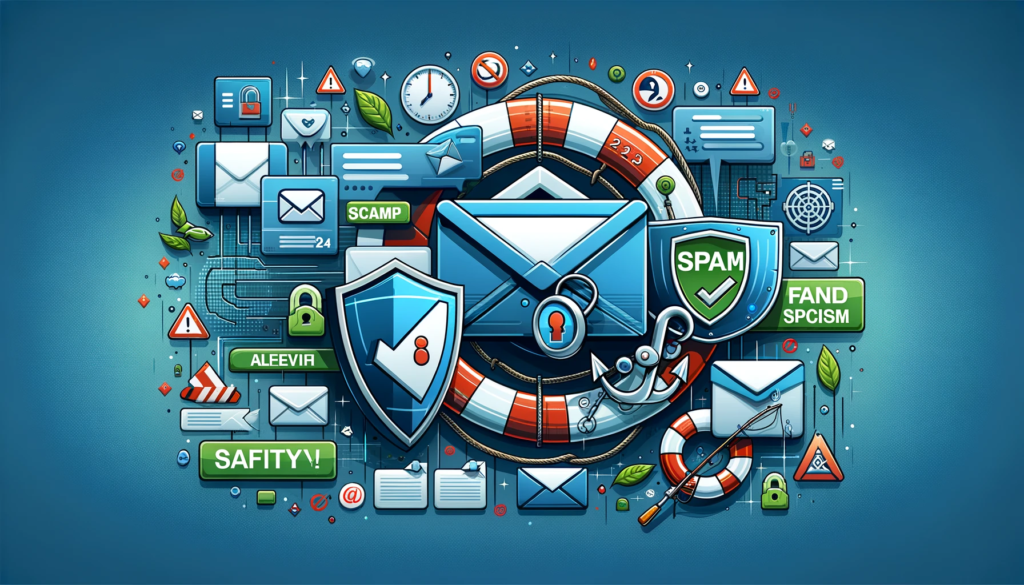
Email security is a critical aspect of modern digital life. To protect yourself from spam and scams, especially phishing attacks, it’s important to follow a comprehensive set of practices and use the right tools. Here’s a guide to enhancing your email security:
Tips to Protect Yourself from Phishing
- Never Share Personal Information Without Verifying: Avoid sharing personal information with unknown senders. Contact the company directly using official contact details for verification.
- Use Malware-Detecting Security Software: Install antivirus software on your devices and enable automatic updates and scans. Consider using a VPN for additional protection.
- Enable Multi-Factor Authentication (MFA): Use MFA for your online accounts to provide an extra layer of security, ensuring that even if a password is compromised, your account remains secure.
Steps to Take if You Respond to a Phishing Email
- Change All Your Passwords: Immediately update your passwords, especially for important accounts like your email and bank accounts. Avoid reusing passwords across different platforms.
- Run a Security Scan: Conduct a system scan using your antivirus software to check for any malware or viruses that may have been installed.
- Alert Your Bank: If your banking details were involved, contact your bank to alert them of potential fraud and monitor for any suspicious activity.
How to Report Email Scams
- Local State Consumer Protection Office: Report any loss of money or possessions to your local state consumer protection office.
- Federal Trade Commission (FTC): Report scams to the FTC either by phone or online on their fraud reporting page.
- IdentityTheft.gov: For concerns about identity theft, report to IdentityTheft.gov and get a recovery plan.
Additional Email Security Tips
- Strong Passwords: Use complex passwords as they are a crucial line of defense against cybercriminals.
- Updated Operating Systems: Keep your operating systems up to date to protect against malware.
- Avoid Jailbroken Devices: Jailbreaking can increase vulnerability to security threats.
- Monitor Financial Statements: Regularly check for unfamiliar charges or suspicious activity.
- Avoid Unknown Links/Attachments: Be cautious of clicking on links or attachments from unknown sources.
- Beware of Fake Unsubscribe Messages: Such messages can lead to malicious websites or mark your account as active to scammers.
- Respond Only to Known Senders: This reduces the risk of falling victim to phishing.
- Stay Informed: Keep abreast of the latest phishing scams.
- Data Backup: Regularly back up your data to protect against loss.
- Block Pop-ups: Use a pop-up blocker as an extra protective measure.
- Use a Firewall: A smart firewall can block outsiders from accessing your private data.
- Keep Browsers Updated: Updated browsers offer better security features.
- Antivirus Software: Use reliable antivirus software to protect against viruses and malware.
By following these comprehensive steps, you can significantly enhance your email security and protect yourself from various online scams and threats.